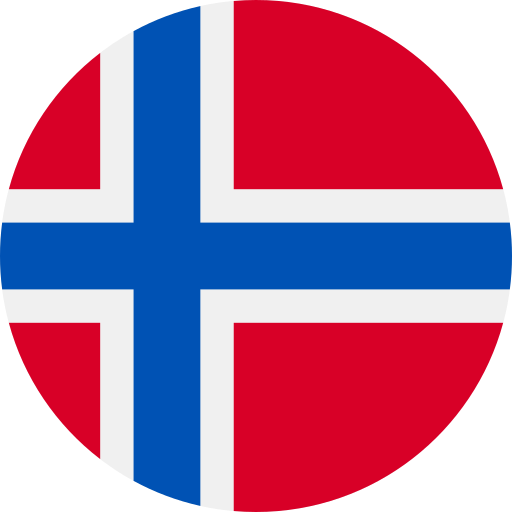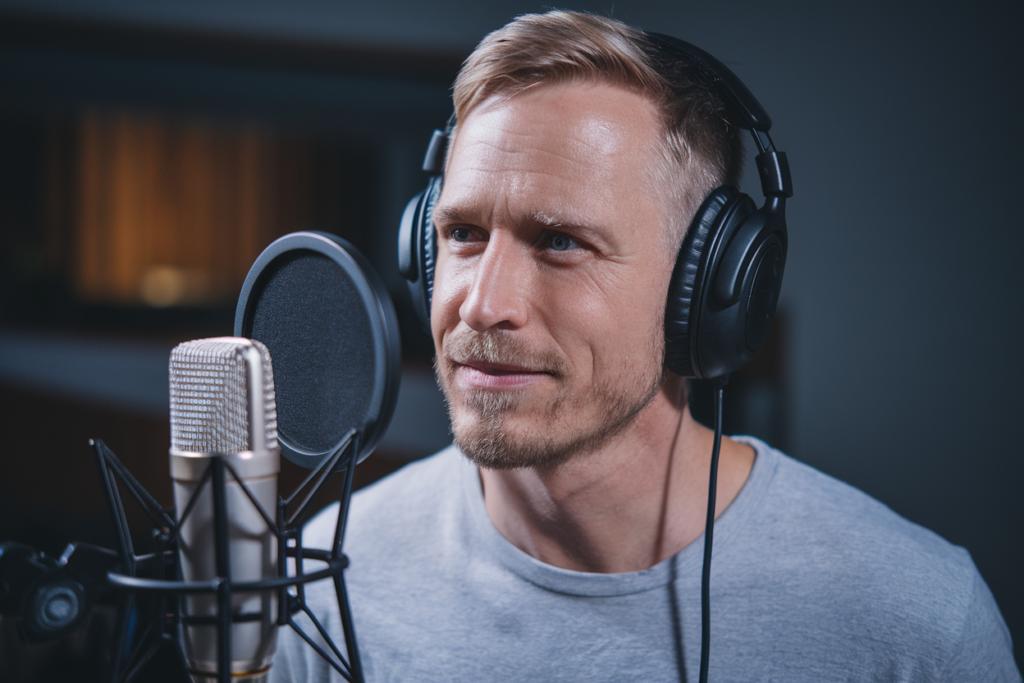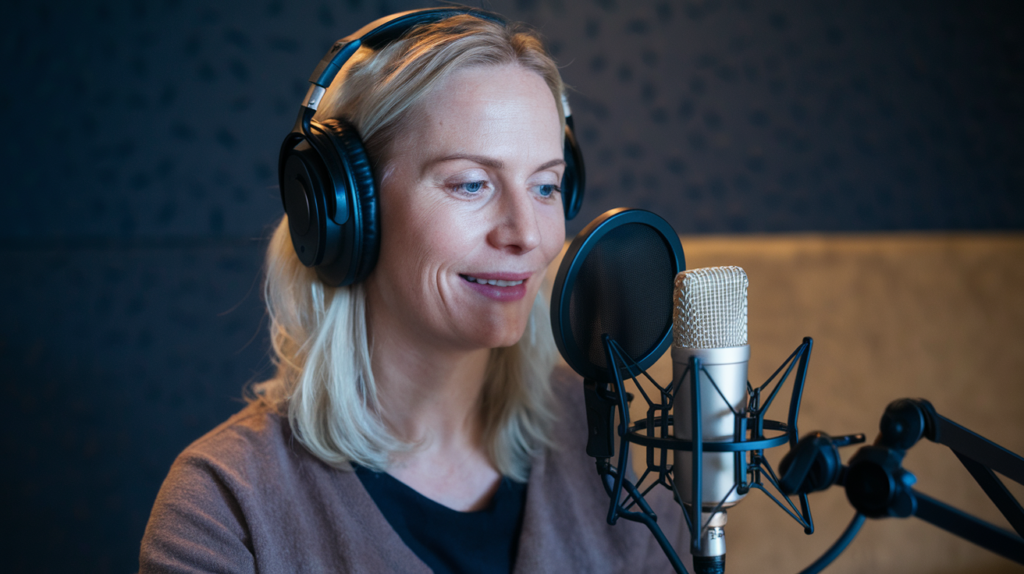Key Takeaways
- Creative Adaptation: Norwegian dubbing involves more than translation; it requires adapting dialogue, tone, and cultural nuances to resonate with local audiences.
- Importance of Voice Talent: Skilled voice actors are crucial for conveying emotions and character authenticity, greatly impacting audience perception.
- Collaboration in Production: Close collaboration between production teams and voice artists during recording sessions enhances the quality and authenticity of the final product.
- Cultural Relevance: Dubbing must capture local idioms and humor, making characters relatable while promoting understanding across diverse backgrounds.
- Meticulous Process: The Norwegian dubbing process includes pre-production scripting, precise recording techniques, and thorough post-production tasks to ensure high-quality results.
- Challenges Addressed: Language nuances and voice acting challenges require careful consideration to maintain the essence of original content while adapting it effectively for local viewers.
Ever wondered how your favorite films and shows get that perfect Norwegian voiceover? Norwegian dubbing isn’t just about translating words; it’s a creative process that brings characters to life in a whole new way. If you’ve ever felt frustrated trying to navigate the world of dubbing, you’re not alone.
Understanding Norwegian Dubbing
Norwegian dubbing transforms original content into a version that resonates with local audiences. This process goes beyond simple translation; it involves adapting dialogue, tone, and character nuances to fit the cultural context of Norway. You’ll find that skilled voice actors play a crucial role in this art form.
Voice talent must convey emotions effectively, ensuring that every nuance aligns with the original performance. The choice of voice artist significantly impacts how audiences perceive characters. For instance, a light-hearted animated character requires an upbeat voice over actor to bring its personality to life.
Production teams often collaborate closely with voice artists during recording sessions. They provide guidance on pacing and emotional delivery, which enhances the final product’s authenticity. When you hear a well-executed Norwegian dub, notice how smoothly the dialogue matches the characters’ lip movements—a result of meticulous planning and execution.
Different genres may require unique approaches as well. A dramatic film might need more intense performances from its voiceover talent compared to lighter fare such as children’s cartoons. In each case, the goal remains consistent: create an engaging experience for viewers while preserving the essence of the original work.
Ultimately, understanding Norwegian dubbing means appreciating both its challenges and artistry. It’s about finding the right balance between fidelity to source material and making it accessible for local audiences through talented voice actors who breathe new life into familiar stories.
The Importance of Dubbing
Dubbing plays a crucial role in making content relatable and enjoyable for local audiences. It goes beyond simple translation; it’s about capturing the essence of characters and stories while ensuring they resonate within a specific cultural context.
Cultural Relevance
Cultural relevance is key in dubbing. When adapting dialogue, voice actors must consider local idioms, humor, and societal norms. A skilled voice artist brings authenticity to the performance by infusing their interpretation with cultural nuances that make the characters feel familiar and accessible. This approach not only enhances viewer connection but also promotes understanding across diverse backgrounds.
Audience Engagement
Engaging an audience relies heavily on how well the dubbing aligns with their expectations. Using talented voice actors can significantly elevate this experience. Effective voiceovers create emotional connections that draw viewers into the story. When you hear a voice that matches a character’s personality, it enhances immersion and keeps you captivated throughout the narrative. You may find yourself laughing or crying alongside characters because of how well their emotions are conveyed through skilled vocal performances.
Dubbing transforms original content into experiences tailored specifically for local viewers, making it an invaluable tool in media production.
The Norwegian Dubbing Process
Norwegian dubbing involves several meticulous steps to ensure high-quality results that resonate with local audiences. Each stage contributes significantly to the final product, making it essential for voice actors and production teams to collaborate effectively.
Pre-Production Steps
Pre-production lays the groundwork for successful dubbing. This phase includes script adaptation, where translators not only translate dialogue but also localize cultural references and humor. Understanding the characters’ emotions is crucial; voice actors need a deep grasp of what drives each character. Casting involves selecting suitable voice talents who can embody these roles authentically. Auditions help identify those unique voices that bring characters to life, ensuring a perfect match between the actor’s style and the material.
Recording Techniques
Recording techniques play a pivotal role in capturing authentic performances. Voiceover sessions typically occur in soundproof studios equipped with high-quality microphones and recording equipment. During these sessions, directors guide voice artists through their performances, providing feedback on tone, pacing, and emotional delivery. Syncing dialogue with character lip movements remains critical; skilled engineers use advanced software to align audio perfectly with visual elements. Talented voice actors adapt their performances on-the-fly if adjustments are needed, enhancing overall quality.
Post-Production Tasks
Post-production tasks refine the final product for release. This stage includes editing audio tracks to eliminate any unwanted sounds or mistakes while ensuring clarity and consistency across all dialogues. Sound designers may add effects or background music to create an immersive experience that complements visuals seamlessly. Finally, mixing balances various audio elements so everything blends harmoniously without overshadowing vital components like character voices.
Each step in the Norwegian dubbing process emphasizes collaboration between talented individuals dedicated to delivering an engaging experience for viewers while maintaining fidelity to original content.
Challenges in Norwegian Dubbing
Norwegian dubbing presents several challenges that require careful consideration and creative solutions. These challenges arise from the need to adapt original content while retaining its essence.
Language Nuances
Language nuances play a significant role in successful Norwegian dubbing. Each language has its own idioms, expressions, and cultural references that can be difficult to translate directly. A voice actor must navigate these subtleties, ensuring that dialogue feels natural and relatable for the audience. For instance, humor often relies on wordplay or local sayings; failing to capture this can lead to confusion or loss of comedic impact. By understanding the intricacies of both languages involved, voice artists enhance the viewer’s experience and maintain authenticity.
Voice Acting Challenges
Voice acting poses unique challenges in the context of dubbing. Selecting the right voice talent is crucial because different genres call for distinct vocal qualities and styles. A dramatic scene demands a different emotional depth compared to light-hearted animation. Moreover, timing becomes essential; voice actors must synchronize their performances with character lip movements while conveying emotion effectively. Additionally, they need to embody characters authentically—a tall order when stepping into someone else’s shoes (or vocal cords). Balancing these elements requires extensive collaboration between directors and voice over talents during recording sessions to achieve a seamless final product.
Conclusion
Norwegian dubbing is an intricate blend of art and science that transforms original content into culturally resonant experiences. By embracing the nuances of language and character, it ensures that viewers connect deeply with the material. The collaboration between voice actors and production teams plays a vital role in crafting authentic performances.
As you explore this creative process further, you’ll gain a deeper appreciation for the challenges involved in maintaining the essence of stories while making them relatable for local audiences. Whether you’re a fan of dubbed content or considering diving into voice acting yourself, understanding these elements will enhance your experience and perspective on media production. Embrace the artistry behind Norwegian dubbing, and enjoy the rich narratives it brings to life.
Frequently Asked Questions
What is Norwegian dubbing?
Norwegian dubbing is the process of adapting foreign media content for local audiences in Norway. It involves more than just translating dialogue; it also includes adjusting tone and character nuances to resonate with cultural contexts, enhancing viewer engagement.
Why is dubbing important?
Dubbing is crucial because it makes content relatable and enjoyable for local viewers. By capturing the essence of characters and stories within a specific cultural framework, it fosters understanding and emotional connections among diverse audiences.
How does the dubbing process work?
The Norwegian dubbing process involves several stages: pre-production (script adaptation and casting), recording (using soundproof studios), and post-production (audio editing). Each step requires collaboration between voice actors, directors, and production teams to ensure high-quality results that align with original performances.
What challenges do voice actors face in dubbing?
Voice actors in dubbing must navigate language nuances, such as idioms and cultural references, to create natural-sounding dialogue. Additionally, they need to synchronize their performances with character lip movements while maintaining the original material’s essence.
How are voice talents selected for dubbing?
Selecting voice talents for Norwegian dubbing involves considering both the genre of content and the emotional depth required. Casting directors aim to find voices that not only match characters but also resonate well with local audiences’ expectations.







